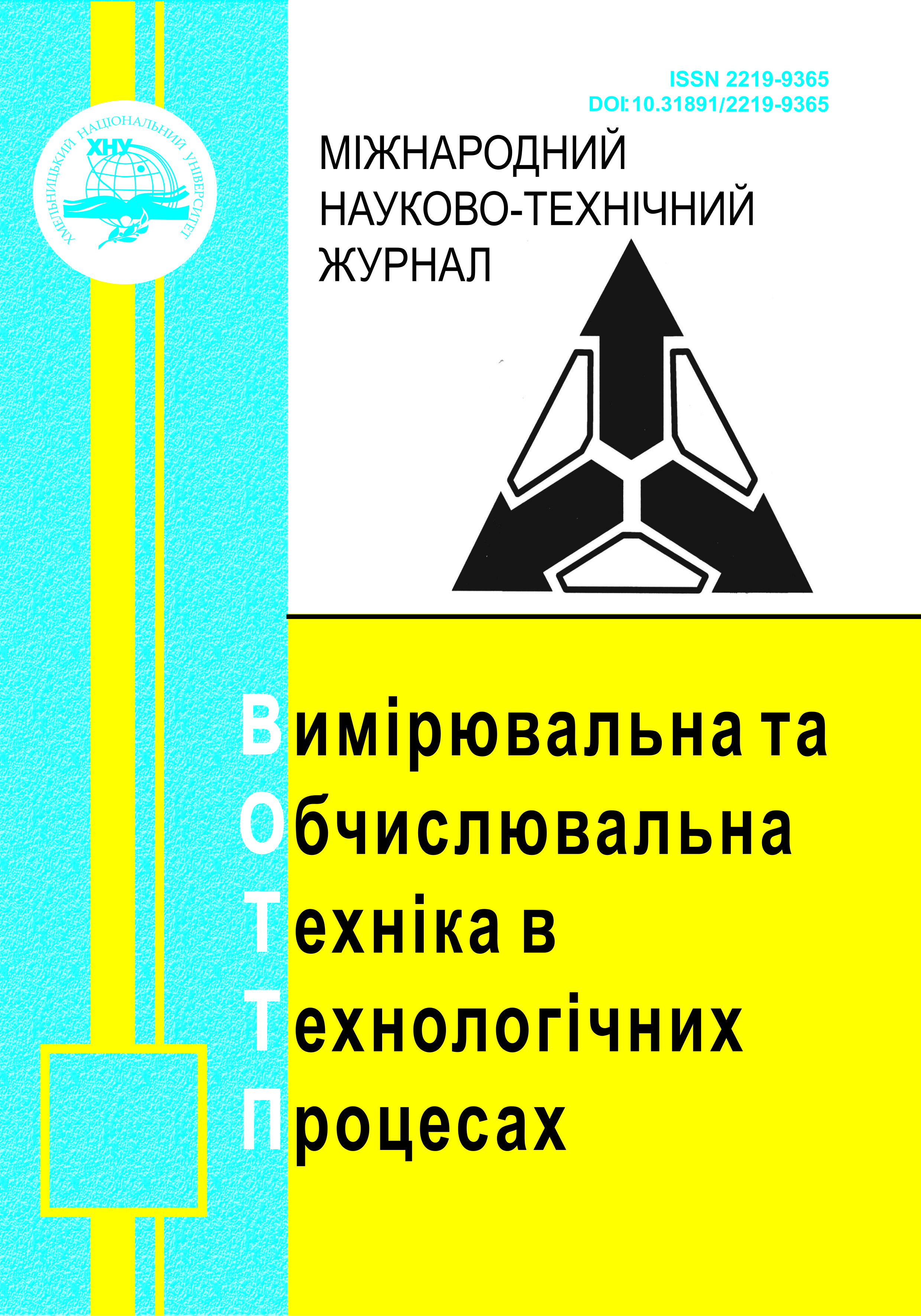MEASUREMENT OF NOх EMISSIONS OF GAS BOILERS
DOI:
https://doi.org/10.31891/2219-9365-2023-74-26Keywords:
nitrogen dioxide, concentration, measurement, excess oxygen, gas analyzerAbstract
The problem of control and maximum efficiency of fuel-using equipment (boilers) operating on natural gas is considered. Nitrogen oxides (NO, NO2, NOx) occupy a significant place among the toxic gases contained in the flue gases of energy facilities (thermal power plants, boiler houses). The analysis of waste gases allows you to determine the concentration of pollutants and maximally adjust the optimal operation of the equipment, achieving a reduction in emissions and compliance with the approved state environmental regulations. The way to optimal operation of the equipment is to set the volume of air supplied for combustion. All this requires the use of instrumental control (gas analyzers). The principles of measurement unity are considered, including the presentation of measurement results in standard units (ppm, mg/m3). Conversion from volume concentration (ppm) to mass (mg/m3) is given. Also, the need to measure the oxygen content in exhaust flue gases when converting concentration values from "ppm" to "mg/m3" for fuel-using equipment. The principles of the product of the place for measuring the concentrations and parameters of exhaust gases are considered. Fulfillment of these conditions allows to increase the accuracy of the measurement. Measurements of the concentration of nitrogen oxides were carried out, in terms of nitrogen dioxide, depending on the excess of oxygen in the fuel-using equipment. The formation of the concentration of nitrogen oxides, in terms of nitrogen dioxide, depending on the load at different values of the heat output of the boiler operating on natural gas, was studied. Additional factors (moisture and excess oxygen) that can affect the results of measurement of emissions of fuel-using equipment are considered. The use of gas analyzers with simultaneous measurement of nitrogen oxides and oxygen in the outgoing flue gases to control compliance with regulatory emissions and efficient operation of fuel-using equipment is substantiated.

